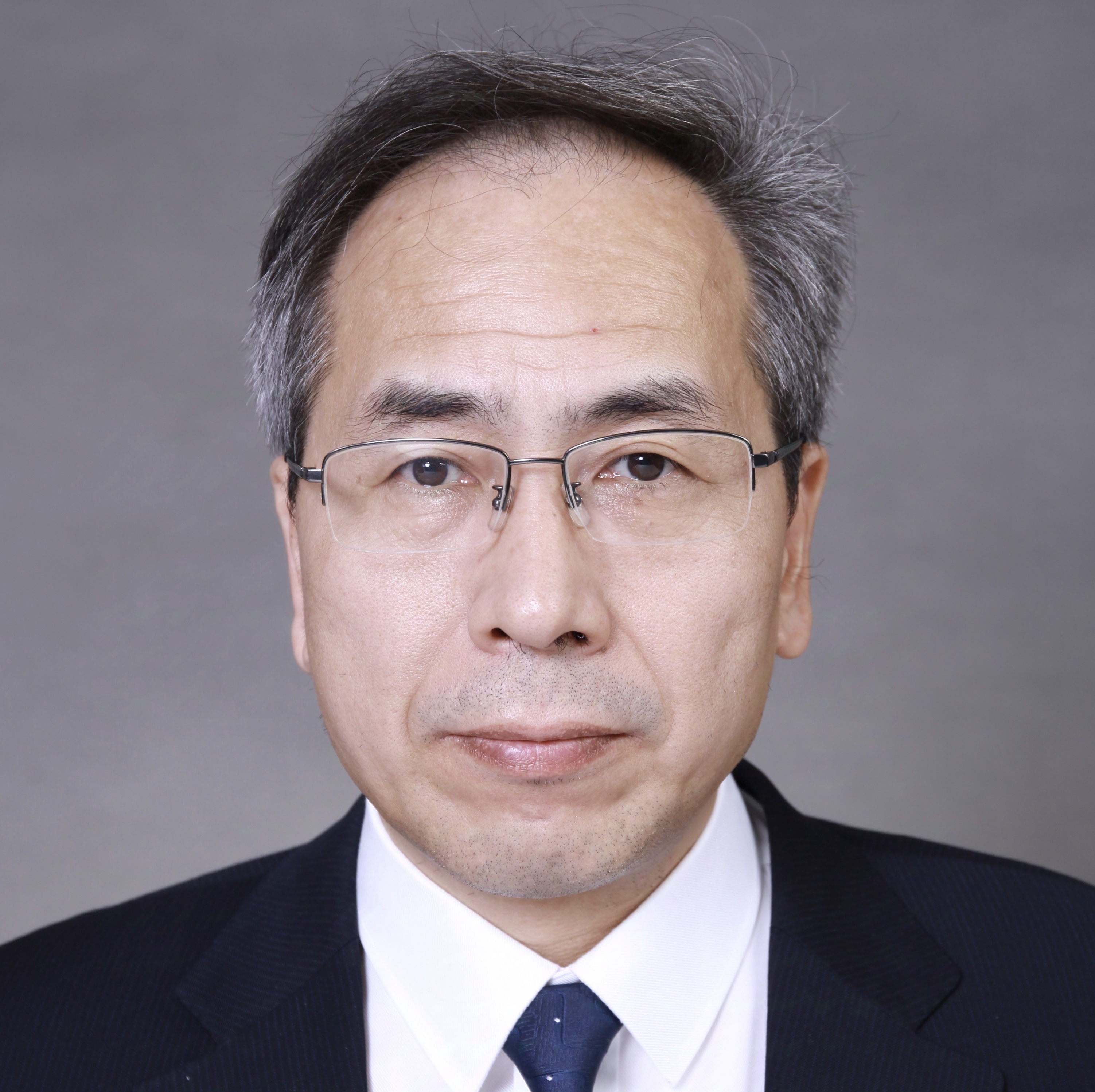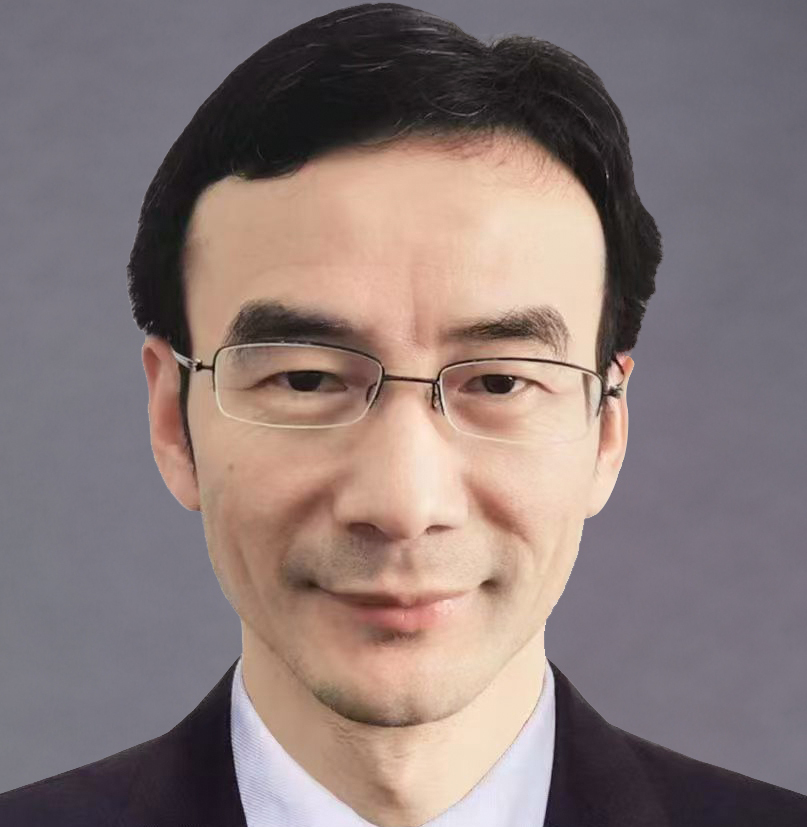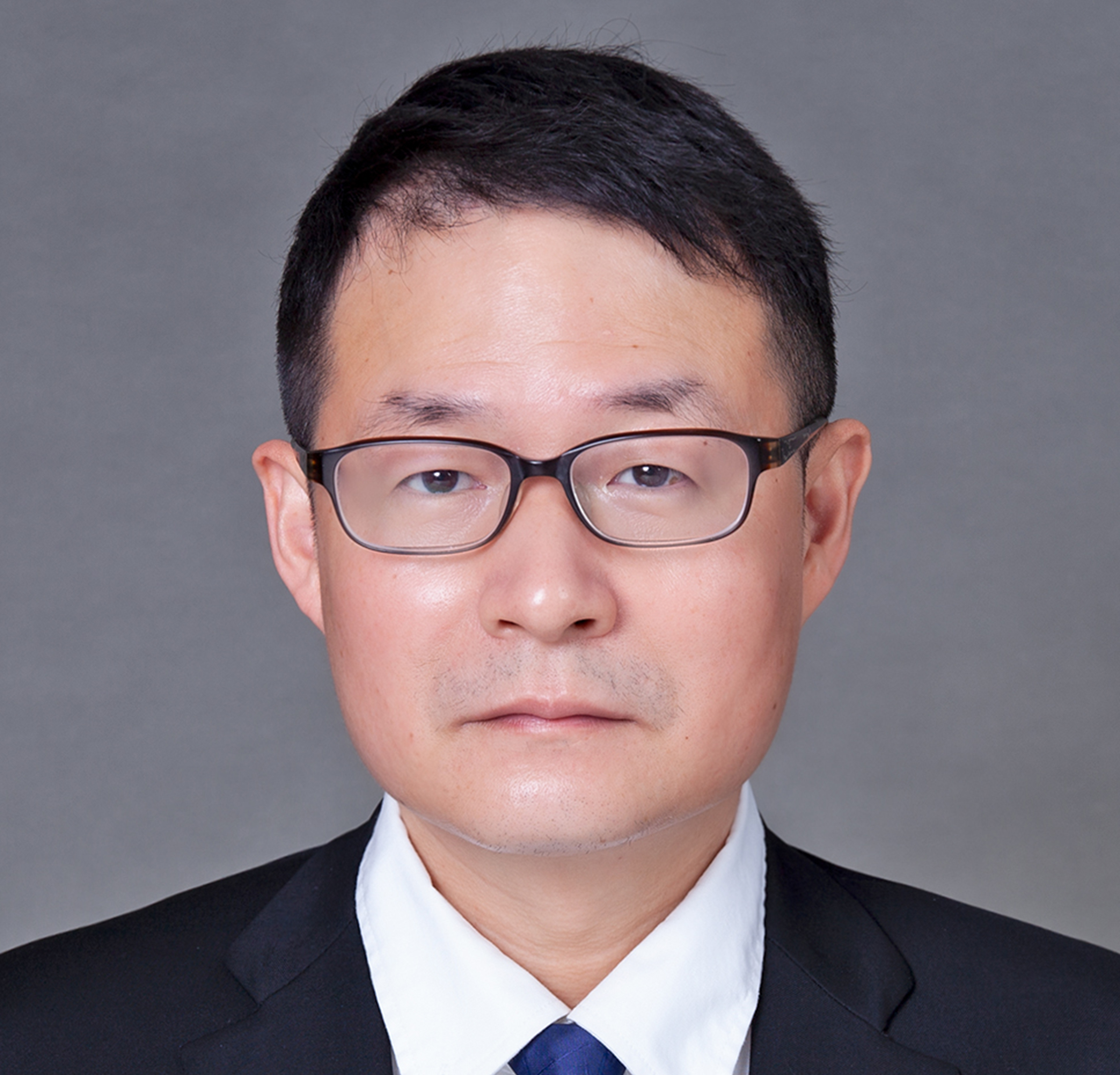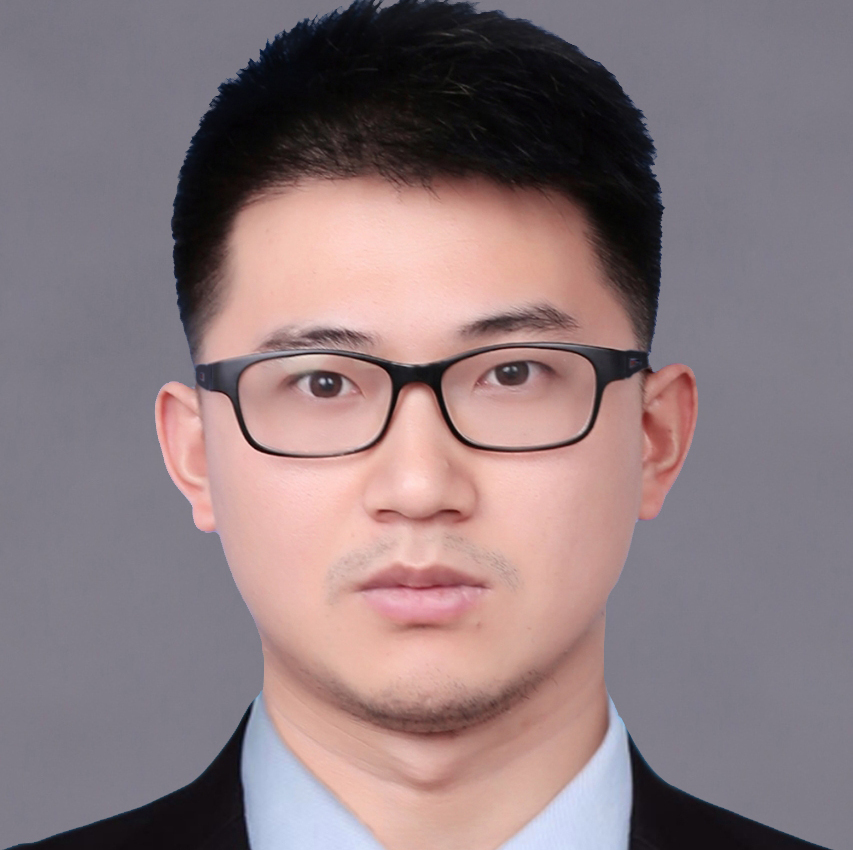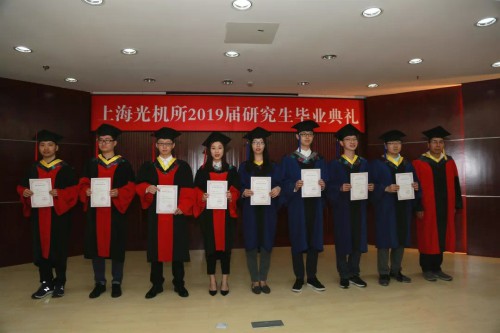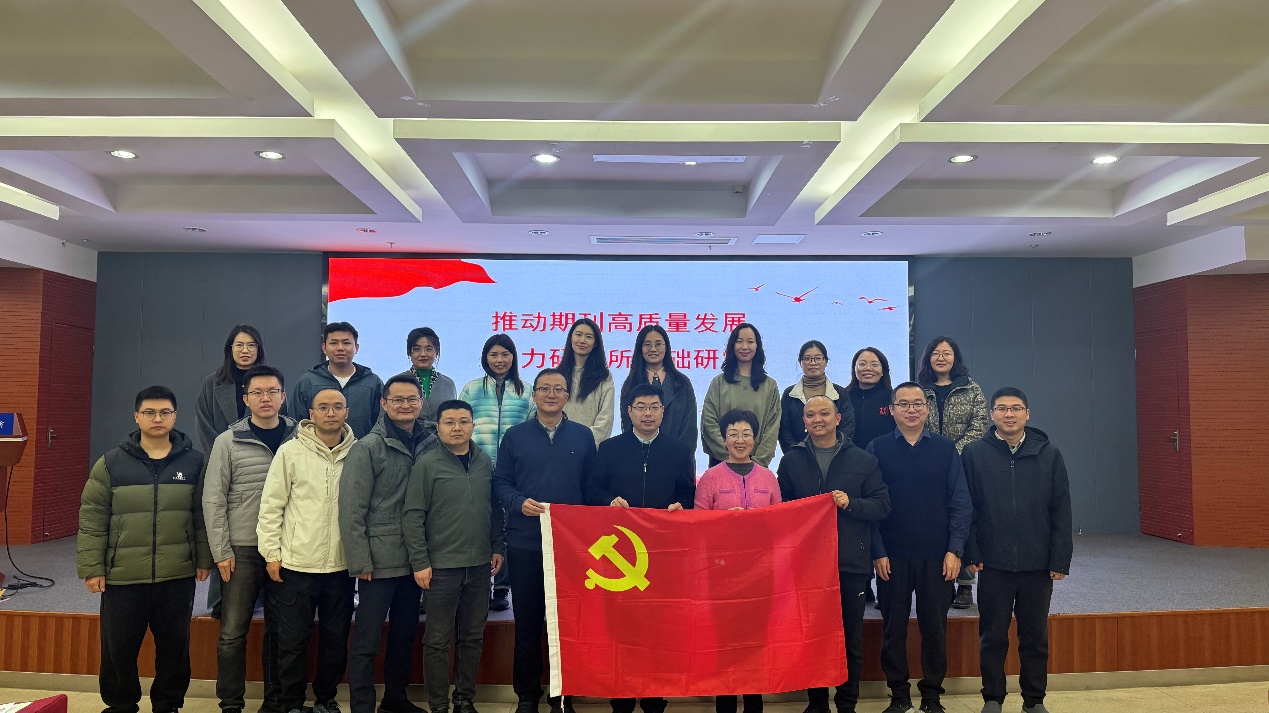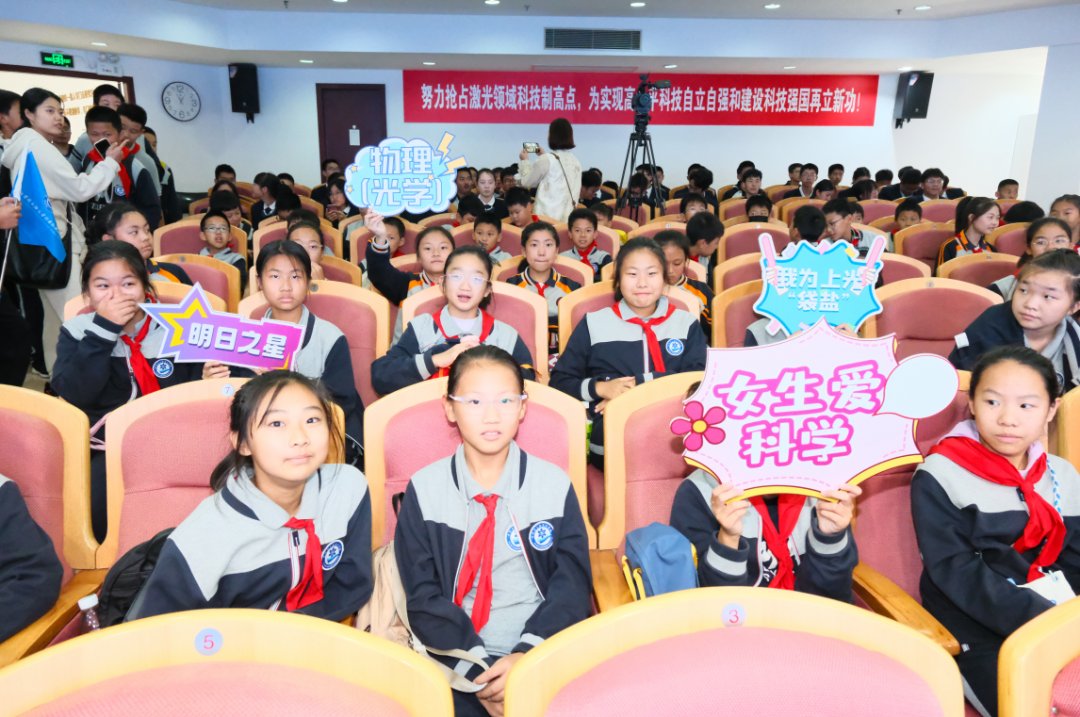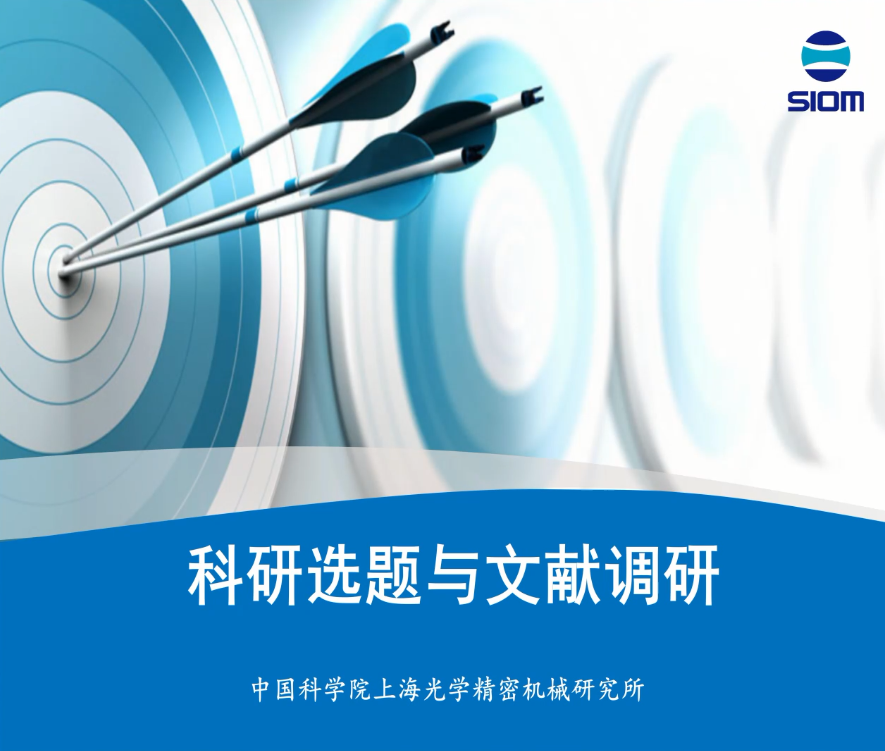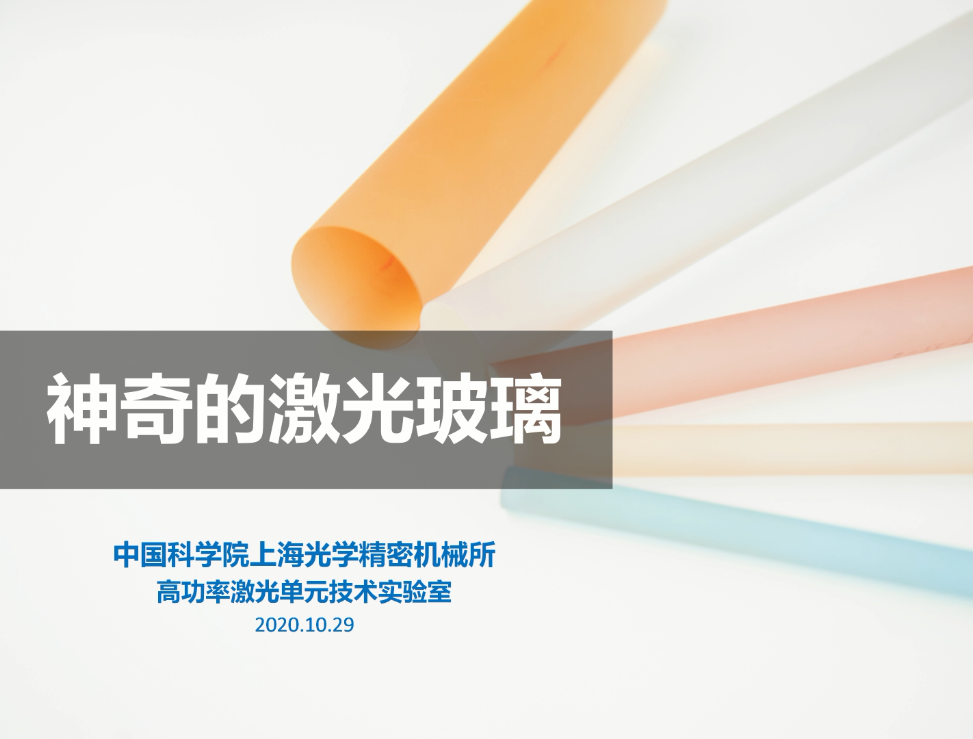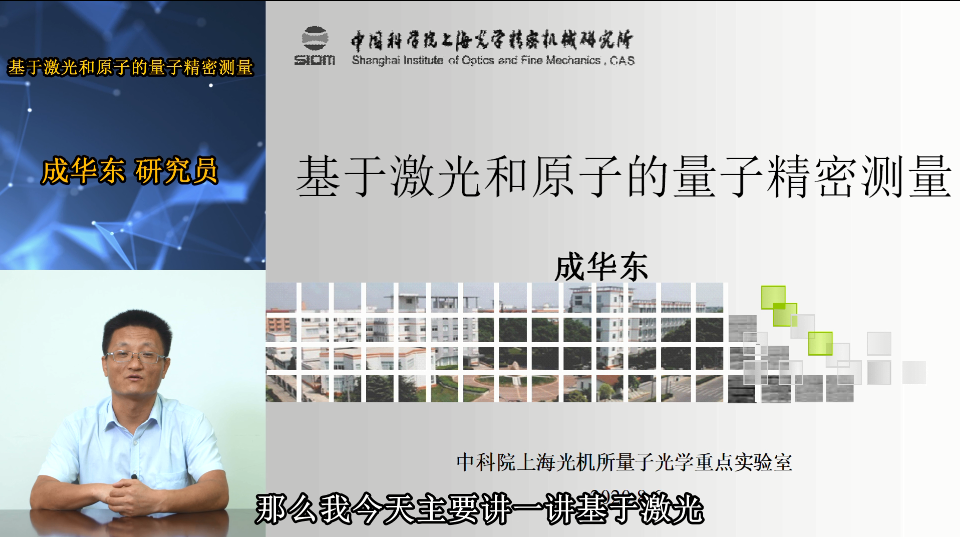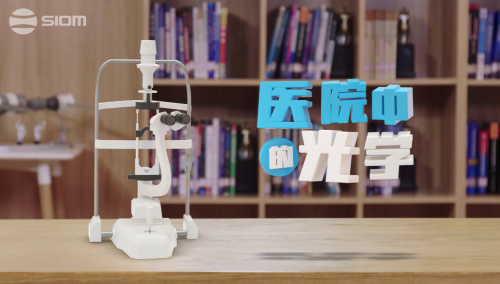报告一
题目:Self-organization in molecular glass thin films
姓名:Dr. Gabriela Nunzi
单位:Department of Chemistry, Queen's University, Kingston, Canada
时间:2017年10月19日(周四) 下午2:00
地点:溢智厅
Abstract: The production and characterization of organic films received a great deal of attention, being extremely attractive in electronic and optoelectronic device applications. Despite the progress that has been made in developing thin film organic materials, there remains fundamental questions regarding the thin film geometry. In order to produce films of uniform thickness and therefore uniform confinement, which can be varied continuously from nanometers to micrometers, we have to control the interactions at the free surface and film-substrate interface.
Mexylaminotriazine-based molecular glasses are small molecules that can readily form amorphous thin films. It was discovered that this class of material can either form wetted films or spontaneously dewet during film deposition by spin-coating, depending on the conditions. It was determined that this behavior is controlled by the presence of water or, more generally, of a solvent in which the compounds are insoluble, and that the relative amount and volatility of this poor solvent determines which type of surface structure is obtained. Moreover, AFM and FT-IR spectroscopy have revealed that thin films are amorphous independently of the surface morphology, and no difference was observed at the molecular or supramolecular level. These findings make this class of materials and this dewetting approach extremely appealing for the controlled patterning of surfaces with organic nanostructures. These films are currently processed as light emitting, photovoltaic and plasmonic devices in our laboratory.
[1] Water-triggered spontaneous surface patterning in thin films of mexylaminotriazine molecular glasses, E. Melito, A. Laventure, G. Aldea-Nunzi, C. Pellerin, E. Buncel, O. Lebel, J.M. Nunzi, Journal of Materials Chemistry C 3, 4729-4736 (2015)
GABRIELA ALDEA-NUNZI, Ph. D.
Curriculum Vitae
EXPERIENCE
Professional
2011 - present Research Assistant, working on nanomaterials and self-organization at Queen’s University, Canada
2008 – 2010 Post-Doc at Queen’s University, Canada
2004 – 2005 Research Fellow, working on several programs at University of Angers, France
1996 Research Scientist after a national contest at “Petru Poni” Institute of Macromolecular Chemistry Iasi, Romanian Academy
Scientific expertise: synthesis of low molecular-weight compounds; chemical transformation, characterization and application of modified maleic polymers; synthesis, characterization and interaction of polyelectrolytes with polymers and environment; synthesis of copolymers which exhibit electro-optical properties suitable for electroluminescence; LBL technique – alternate deposition of oppositely charged polyelectrolytes, characterization and application of the multilayer thin films; synthesis of fullerene-60 derivatives; scanning probe microscopy.
EDUCATION
2005-2006 Post-doc at University of Angers, France for the development of holographic polymers through a European Network
2005 Ph.D. Chemical Engineering, Technical University “Gheorghe Asachi” Iasi, Romania.
Dissertation: “Polyelectrolytes based on maleic anhydride copolymers”
Supervisor: Prof. Dr. Bogdan C. Simionescu, Macromolecular Chemistry Department, Faculty of Industrial Chemistry, “Gh. Asachi” Technical University Iasi, Romania
1995 Technical University “Gheorghe Asachi” Iasi, Romania, Chemical Engineer with honors
1986 High School, Iasi Romania, Baccalaureate Diploma, Chemistry, with honors
AWARDS
2003 NATO fellowship at University of Angers, POMA Laboratory, France, under supervision of prof. Jean-Michel Nunzi (9 months)
2001- 2002 Postgraduate Course in Polymer Science organized under the auspices of UNESCO, IUPAC and the Institute of Macromolecular Chemistry of the Academy of Science of the Czech Republic (10 months)
报告二
题目:Nonlinear optics: from principles to hot topics - 2nd lecture
姓名:Prof. Jean-Michel Nunzi
单位:Department of Physics, engineering Physics and Astronomy, Department of Chemistry, Queen’s University, Canada
时间:2017年10月19日(周四) 下午3:00
地点:溢智厅
Abstract: I already introduced optical nonlinearities on the basis of Maxwell equations in a former lecture. I today present some of the organic materials for NLO presently in use in my lab.
I introduce first the application of photochromic materials into light-powered molecular-motor-induced surface relief patterning. I then introduce the origin of the susceptibilities on the basis of excited states and quantum mechanics. Other applications to fast and ultrafast NLO as well as frequency conversion and NLO-photovoltaics will be the subject of next lectures. My slides will be available after the lecture.
Biography: Professor Jean-Michel Nunzi, received his Ph.D. degree in Physics from Plasmon Nonlinear Optics, École Polytechnique (France) in 1984, and Ph.D. degree in Physics from Polymer Nonlinear Optics, Commissariat à l'Énergie Atomique in 1990. Now he is a full professor of Department of Physics, engineering Physics and Astronomy, Department of Chemistry, Queen’s University, Canada. Tier 1 Canada Research Chair in Photonics for Life. He is also the visiting scientists of our institute under the CAS President’s International Fellowship Initiative for 2017. His research interests are the optical and electronic properties of organic materials and devices, including photo-physics, nonlinear optics, self-organization under light, charge generation and transport, solar cells, plastic lasers, nano-materials, bio-compatible materials and devices. He also studies the fabrication of chiral structures using light - matter interactions. Up to now, he has published 11 patents, 240 peer-reviewed publications. More than 7000 citations, H-index is 44. He is SPIE Senior Membership, IOP Fellow, ACS National Membership, Member of the Optical Society of America, and Member of Chemical Institute of Canada and Constituent Societies. He also serves as Editorial Board Member of Scientific Reports, Chinese Optics Letters, European Physical Journal: Applied Physics, and Energies.
综合办公室
2017年10月17日



